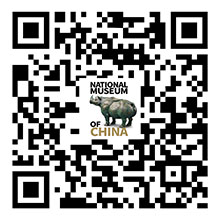This study presents high-resolution pollen and charcoal records from Guxu Lake in the Taihu Lake Basin, eastern China, spanning the last 23,000 years. The sedimentary sequences revealed dynamic
terrestrial and lacustrine environments during 23.0-11.7cal ka BP, the climate was relatively cold and dry, and the vegetation was dominated by evergreen-deciduous broadleaf and coniferous mixed forest. During 11.7-4.4cal ka BP, the Quercus- and Castanopsis-dominated evergreen-deciduous broadleaf mixed forest expanded, while the Poaceae and Artemisia were still the major terrestrial herbs under warmer and more humid conditions. After this period, the climate became relatively cool and dry again, and the vegetation landscape was comparatively stable, as it remains today. Wild rice likely grew before Neolithic humans occupied this area. The variations in Oryza-type Poaceae pollen spectra and distributions of Neolithic archaeological sites indicate rice agriculture may have frst appeared and developed with human occupation in ca. 7.0-4.4 ka BP. During the historical period, beginning approximately 4 ka BP, a clear signal of intensifed anthropogenic disturbance is evident from the clearing of forests, high charcoal concentrations and the presence of rice pollen in large quantities. These results suggest more intensifed rice farming was widespread, with increasing human impact on the environment……











